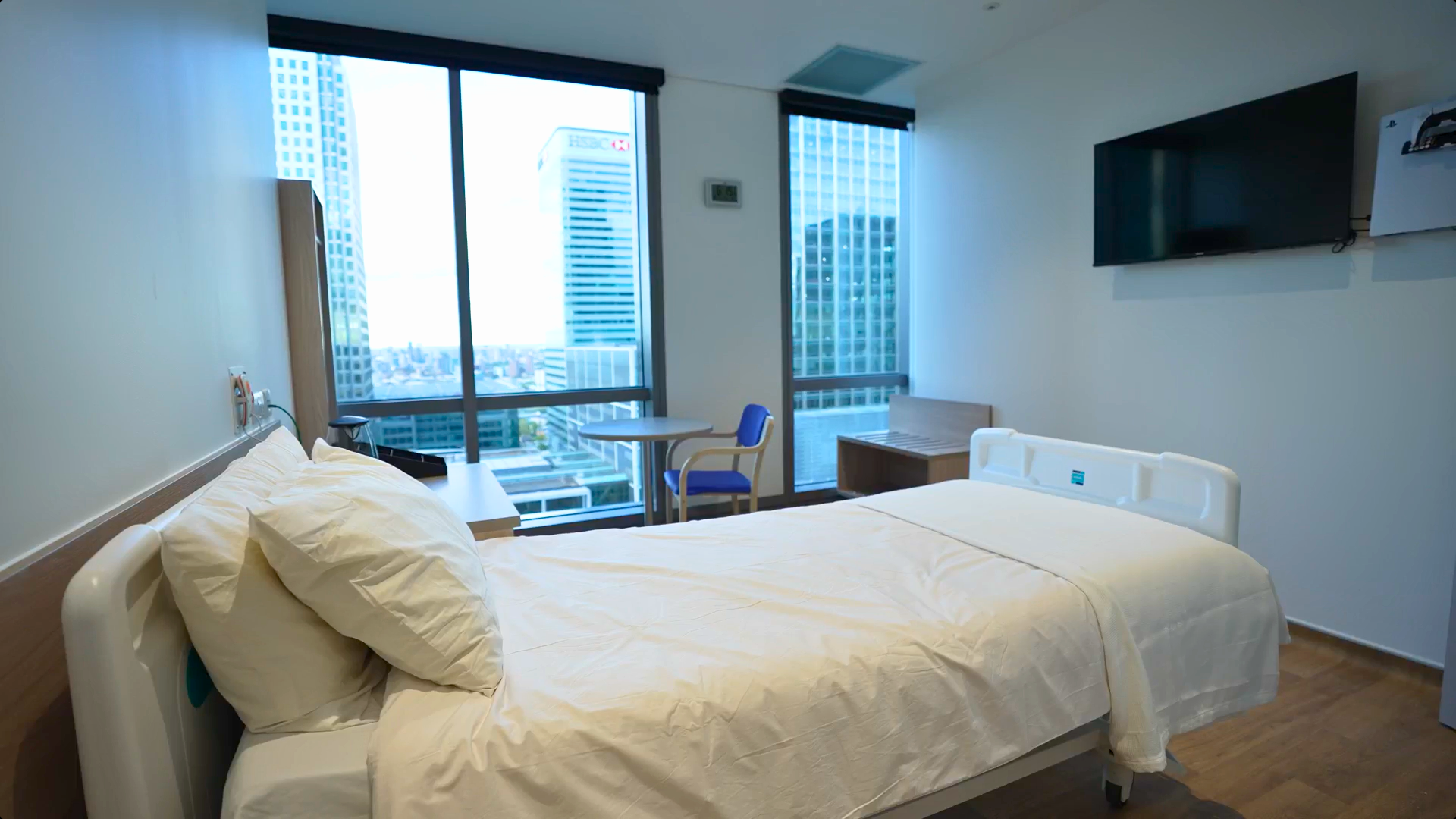While much attention is often focused on the initial treatment phase, an equally critical component of any clinical trial is the follow-up period. But what exactly is a follow-up in a clinical trial, and why is it so important?
If you’re a patient considering participating in a clinical trial, a healthcare professional, or just simply curious, we’ll explain everything you need to know about follow-ups in clinical trials in this comprehensive blog post.
What is a follow-up in clinical trials?
Follow-up in clinical trials is an important process that involves tracking participants over time to gather comprehensive data on the long-term effects of a treatment or intervention. This phase includes regular check-ins and assessments, enabling researchers to monitor participants’ health and well-being after they have received the treatment.
What is the typical length and frequency of follow-ups in clinical trials?
The length and frequency of follow-up can vary significantly based on the nature of the trial and the specific requirements of the study. Some trials may require participants to be monitored for months or even years, while others may have shorter follow-up periods.
At FluCamp, follow-up visits are typically scheduled a month after discharge to check on participants’ health. Volunteers may be asked to return for additional visits to ensure any ongoing symptoms are closely monitored.
Why is a follow-up important in clinical trials?
Follow-ups are essential in clinical trials because they help assess the long-term effectiveness and safety of a treatment. By checking in with participants after the trial has ended, researchers can see if the benefits of the treatment last and if any side effects appear later on. Regular follow-ups also ensure that any potential problems are quickly identified and addressed, increasing the reliability of the trial results.
Follow-up visits are also just as critical as the visits during the study itself. A significant loss of participants during follow-up—especially if more than 20% drop out—can impact the validity of the study results. For example, patients may fail to return for follow-up because they had a positive outcome and no longer felt the need, or conversely, because they experienced adverse effects. Both scenarios can introduce bias that compromises the accuracy of the findings. Ensuring consistent follow-up participation helps maintain the study’s integrity and supports more accurate findings.
What does a clinical follow-up involve?
Clinical follow-ups involve a series of health assessments conducted over time to monitor participants’ well-being and track any side effects. These can include physical examinations to check overall health, lab tests like blood or urinalysis to track organ function and detect any adverse effects, and medical imaging such as X-rays or scans to visualise changes related to the disease or treatment. Participants may also complete questionnaires or surveys to report on symptoms and satisfaction with the treatment.
This data helps researchers evaluate the treatment’s long-term impact while prioritising participant safety.
For more information on the FluCamp volunteer journey and what to expect during the follow up process, see our clinical trials page.
Types of follow-up in clinical trials
In clinical trials, various types of follow-up are used to monitor participants effectively. Each type serves a specific purpose in assessing the treatment’s impact over different time-frames.
Short-term follow-up
Short-term follow-up involves regular check-ins and assessments immediately after the treatment. This phase focuses on monitoring early side effects and evaluating the initial effectiveness of the intervention. These short-term assessments are crucial for ensuring participant safety and determining how well the treatment is working right away.
Intermediate follow-up
Intermediate follow-up tracks participants over a medium-term period, often spanning over several months to a few years. During this time, researchers assess the ongoing effects of the treatment and can identify any emerging issues that may appear.
Long-term follow-up
Long-term follow-up monitors participants over extended periods, often lasting several years. For example, in the 2021 COVID-19 human challenge trial, volunteers were monitored closely during the trial and followed up for up to a year to assess any ongoing symptoms, such as smell disturbances. Long-term follow-up helps researchers understand the lasting effects of the treatment and identify any delayed side effects that may not have appeared during earlier assessments.
Post-marketing follow-up
Post-marketing follow-up refers to the monitoring conducted after a treatment has received approval and is widely available to the public. This ongoing observation is essential for ensuring the continued safety and effectiveness of the treatment within the broader population.
How is follow-up data collected in clinical trials?
Researchers collect follow-up data at predefined time points, such as at hospital discharge, a few months post-treatment, and at the study’s completion. The timing depends on the trial design and the outcomes being measured, with regular intervals (e.g., 3, 6, or 12 months) often included to assess long-term effects.
Researchers gather this data using various methods, including:
- Medical records
- In-person clinic visits
- Phone interviews
- Postal or electronic questionnaires
- Physical examinations
Medical records provide a detailed account of participants’ health and any treatments they receive, while questionnaires and interviews allow participants to share their experiences and any side effects they may be experiencing. In-person clinic visits and physical examinations further assess participants’ health status and can reveal important information that may not be captured through self-reported data.
What next?
Follow-ups are a critical aspect of clinical trials, playing an important role in assessing the long-term efficacy and safety of treatments. Through comprehensive clinical trial monitoring, researchers can gather essential data that informs future medical practices and enhances patient care.















